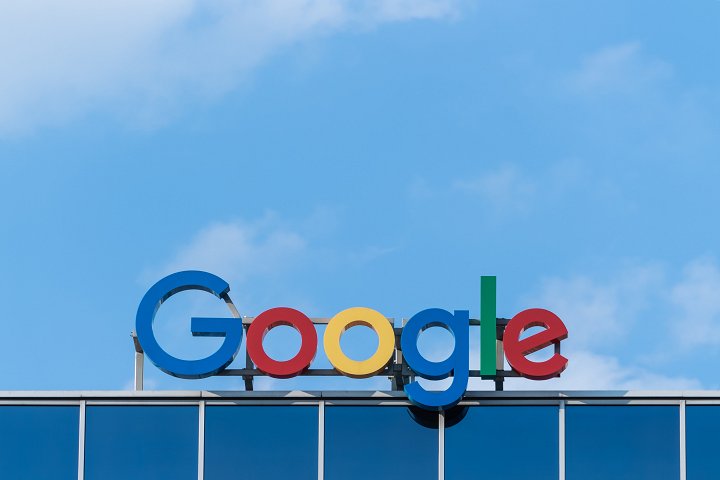Three Branding Questions For Growing Businesses
When your business is growing, you need to ensure that your brand grows alongside it.

Your brand is the public facing persona of your business, and this means that your brand will change as your business continues to grow. This is something you need to accept, because it means your business is maturing.
While you may love your brand as it is currently constituted, present appearances can sometimes be deceiving. Think back to high school, and about how cool you thought you looked in some of your favorite adolescent outfits. Now go take a look at some pictures of those times, and try not to cringe.
Hopefully your current brand isn’t that bad, but this goes to show that your look needs to mature as your business does. The best way to handle this process is proactively, by planning your brand evolution in tandem with your business growth. In order to get you in the right mindset for this, we’re going to get the inspiration flowing with some broad branding questions, and frame your brand evolution in a way that isn’t overwhelming.

What is a Brand Identity Extension?
Brand extension is when your company, known for a certain product, service, or combination of both, begins selling something new, usually related/adjacent to their original business. Think Google branching out from search into email, and beyond. Think Colgate expanding to sell toothbrushes to go along with their toothpaste.
The accompanying aspect of a brand extension is a brand identity extension, in order to accommodate the new sales offerings seamlessly into the brand architecture. This means that your brand must be extended to bridge the gap between what your business currently does, and what your business is moving into.
In order to ensure your brand is flexible enough for such an extension, you need to ask one main question: does your brand extension make sense? If the extension fits snugly within your current business model, like the two mentioned above, your brand identity extension will be simple. If the brand extension completely strays from your business model (such as these 7-Up, A&W, and Dr. Pepper BBQ sauces and marinades, it’s going to be extremely difficult to bridge this gap without completely redoing your brand.
Brand extensions are a common way for growing businesses to move into new markets. Sometimes, your current brand works seamlessly with your new products or services. Other times, however, you need a brand identity extension, to ensure that your brand’s value isn’t diminished by being forced awkwardly into a new market.

How Should Your Brand Adapt in New Media Channels?
The internet and digital technology fragments audiences more each year, and future growth inevitably means reaching out through new media channels. This puts growing brands in a difficult spot. You need to retain your brand consistency, while also speaking to potential customers in the language/style of their preferred media channel.
This requires keeping the essence of your message and brand story, while understanding the intricacies, vernacular, and trends of the media channel you’re entering. The unique communication styles on each new platform (primarily social media, but also new digital ad placements) takes time to develop. Facebook and Twitter were once the fresh disruptors, but they’re now part of the old guard.
A growing brand in 2021 will have to explore channels like TikTok, Discord, and depending on what markets you’re interested in, even platforms like Weibo, WeChat, and QQ (China) or Line (Japan).
The interactivity of social media means that brands need to show their personalities like never before, including in direct public interactions with customers. However, while this does require some upfront strategy to ensure these interactions go positively, the constant interaction gives your brand opportunities to ride trends and be part of real time conversations.
You can use dynamic techniques like this in order to warm up to new, more skeptical, or younger consumers, meeting them on the media channels they use to interact with friends, family, and people who share their interests.

How Does Your Brand Appeal to New Audiences?
Growing as a business will require bringing new audiences into your brand’s sphere of influence. A bigger tent means more customers, but it also means more diverse audience members, who are attracted to your brand for different reasons.
The first step in appealing to a new target audience is to understand the nuances of it. What media channels do they use? What particular values of your brand match their core values? Does your brand need to change in order to authentically connect with this new audience?
This is a great time to remember that growing as a business doesn’t mean watering down your brand. Growth is a sign of success, of connection with a core of customers, and you need to retain this connection as you grow. Instead of becoming a one-size-fits-all brand, you need to learn new ways to create the same connection with new audiences. That’s the secret to ensuring your brand appeals to new audiences. The fun part is finding out how to make it happen.
When your business grows, new opportunities bring new problems. One of these problems is figuring out how to adapt your brand to meet the trajectory of your business...while you’re in the middle of that trajectory. While there’s never going to be a catch-all formula for growing your brand alongside your business, it helps to remember that your brand is always a work-in-progress. You can update it and change it all you want, as long as you always keep the core passion that drives your success at the centre.
RELATED: Find out how to measure brand awareness